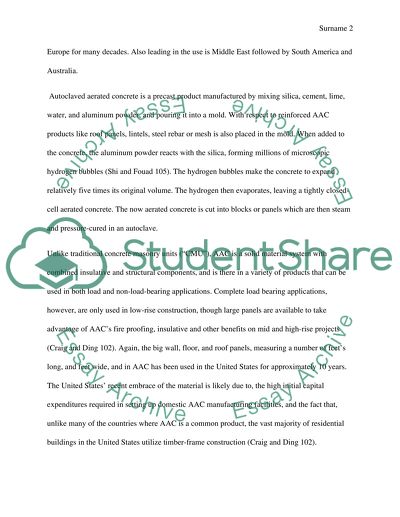Cite this document
(“Sustainability of autoclaved aerated concrete (ACC) Essay”, n.d.)
Sustainability of autoclaved aerated concrete (ACC) Essay. Retrieved from https://studentshare.org/engineering-and-construction/1496790-sustainability-of-autoclaved-aerated-concrete-acc
Sustainability of autoclaved aerated concrete (ACC) Essay. Retrieved from https://studentshare.org/engineering-and-construction/1496790-sustainability-of-autoclaved-aerated-concrete-acc
(Sustainability of Autoclaved Aerated Concrete (ACC) Essay)
Sustainability of Autoclaved Aerated Concrete (ACC) Essay. https://studentshare.org/engineering-and-construction/1496790-sustainability-of-autoclaved-aerated-concrete-acc.
Sustainability of Autoclaved Aerated Concrete (ACC) Essay. https://studentshare.org/engineering-and-construction/1496790-sustainability-of-autoclaved-aerated-concrete-acc.
“Sustainability of Autoclaved Aerated Concrete (ACC) Essay”, n.d. https://studentshare.org/engineering-and-construction/1496790-sustainability-of-autoclaved-aerated-concrete-acc.


